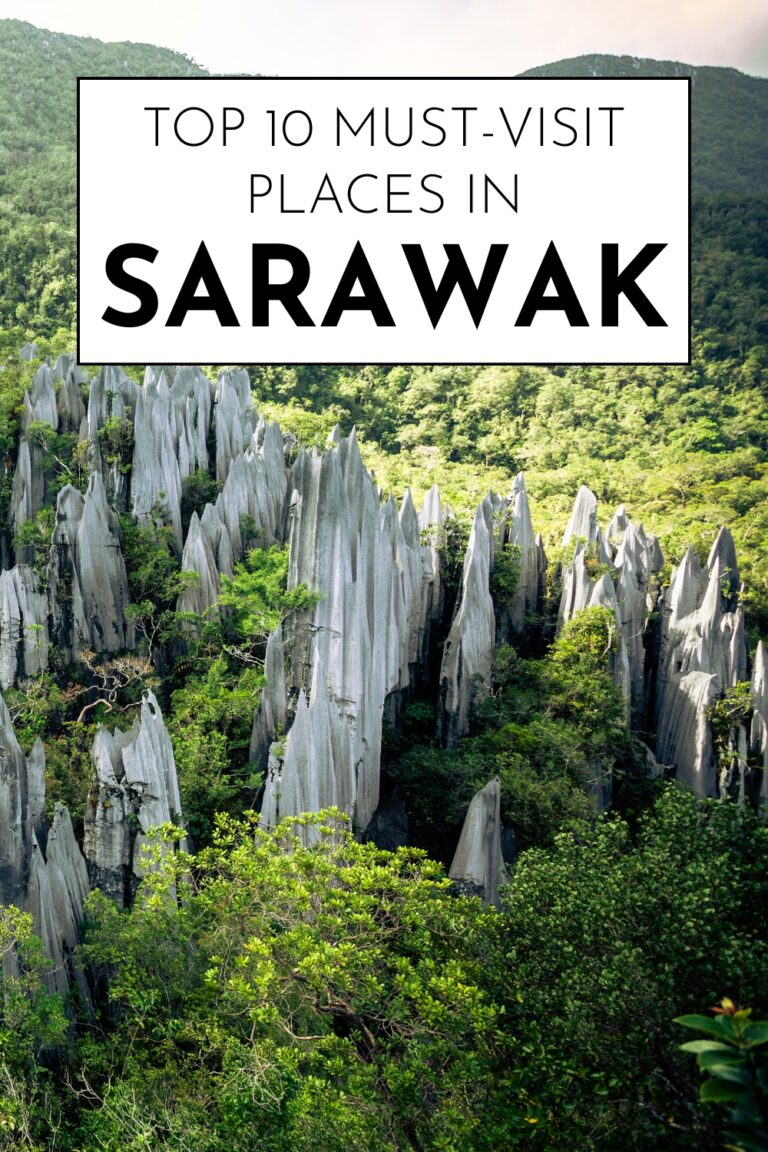Sarawak, Malaysia’s largest state, beckons travelers with its incredible diversity of landscapes, cultures, and adventures. Located on the island of Borneo, this fascinating region offers everything from pristine rainforests and dramatic caves to vibrant cities and traditional longhouses. Sarawak truly represents the wild heart of Malaysia, where ancient traditions meet modern conservation efforts.
What sets Sarawak apart is its remarkable biodiversity and cultural richness. The state is home to over 40 different ethnic groups, each with their own unique traditions, languages, and customs. This cultural tapestry creates an incredibly rich travel experience where you can witness traditional ceremonies, taste authentic local cuisine, and learn about ways of life that have remained unchanged for centuries.
The natural wonders of Sarawak are equally impressive. Ancient rainforests harbor rare wildlife including orangutans, proboscis monkeys, and countless bird species. Massive cave systems stretch for miles underground, while pristine beaches and coral reefs offer tropical paradise experiences. The state’s commitment to conservation means these natural treasures are protected while remaining accessible to respectful visitors.
Sarawak’s adventure opportunities are legendary among travelers. From jungle trekking and river cruises to cave exploration and wildlife watching, the state offers experiences that challenge and inspire. Whether you’re a seasoned adventurer or a curious first-time visitor, Sarawak provides unforgettable encounters with some of the world’s most spectacular natural environments.
Let’s explore the ten most extraordinary places that make Sarawak an essential destination for anyone seeking authentic adventure and cultural immersion in Southeast Asia.
1. Gunung Mulu National Park – Cave Wonders and Rainforest Adventures
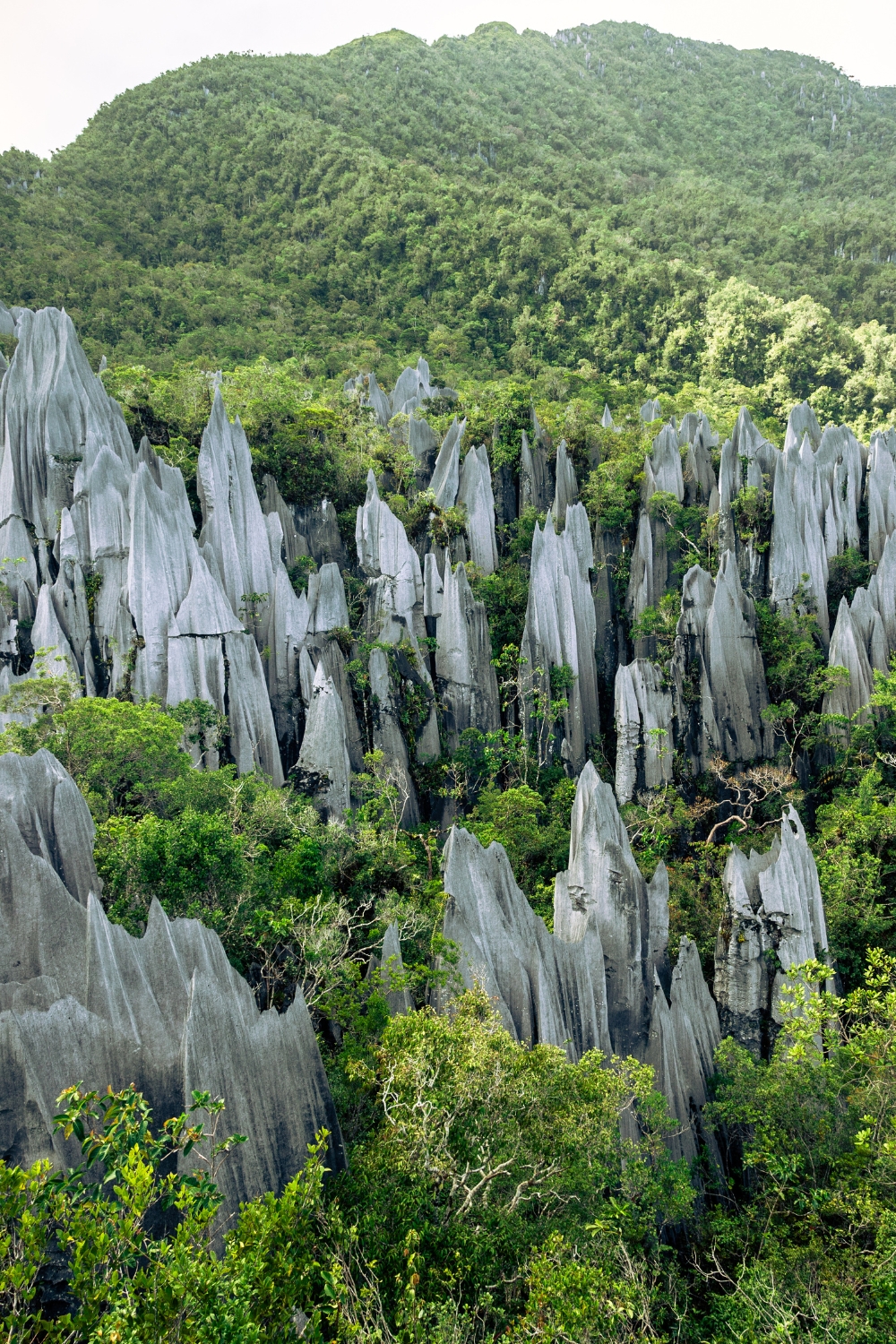
Gunung Mulu National Park stands as one of Malaysia’s most spectacular natural treasures and a UNESCO World Heritage Site. This incredible park showcases some of the world’s most impressive cave systems alongside pristine tropical rainforest that supports extraordinary biodiversity.
World-Class Cave Systems
The park’s cave systems are simply breathtaking in their scale and beauty. The Sarawak Chamber is the world’s largest cave chamber by area, so massive that it could hold 40 Boeing 747 aircraft. Deer Cave, another highlight, ranks among the world’s largest cave passages and serves as home to over 2 million bats.
Clear Water Cave extends over 200 kilometers, making it one of the longest cave systems in Southeast Asia. The Good Luck Cave features stunning limestone formations, underground rivers, and cathedral-like chambers that create an otherworldly experience.
Bat Exodus and Wildlife Spectacles
Every evening at sunset, millions of bats emerge from Deer Cave in a spectacular natural phenomenon called the bat exodus. This incredible display can last for hours as wave after wave of bats spiral out of the cave entrance in search of food. The sight is absolutely mesmerizing and represents one of nature’s most impressive daily performances.
The park’s rainforest supports incredible wildlife diversity including eight species of hornbills, numerous primates, and countless insects and plant species. Night walks reveal nocturnal creatures like flying squirrels, slow lorises, and various frog species.
Location: Northern Sarawak, accessible by flight to Mulu Airport
Best time to visit: March to October (dry season)
Activities: Cave tours, jungle trekking, wildlife watching, canopy walk
Duration: 3-4 days recommended
2. Semenggoh Wildlife Centre – Orangutan Encounters
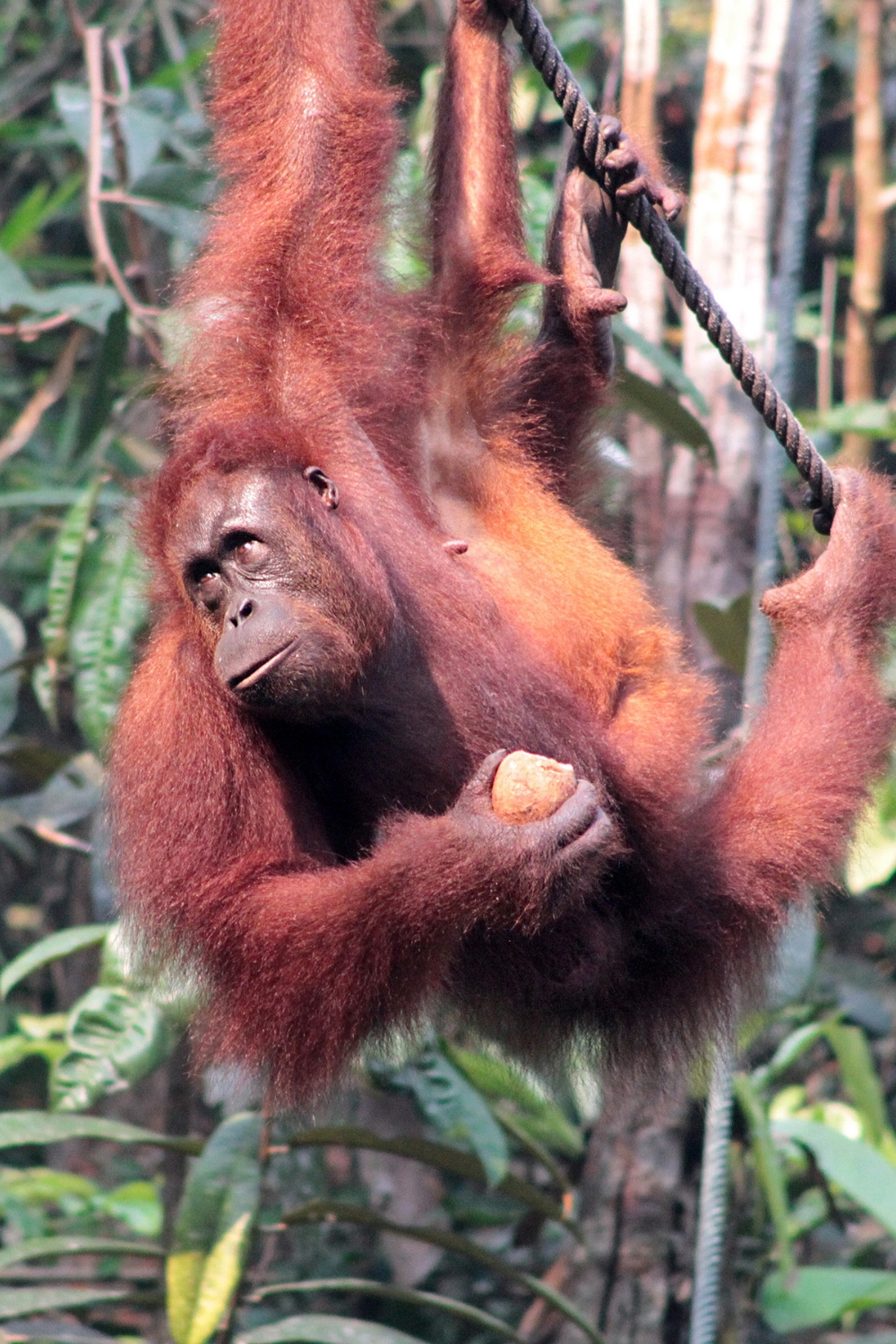
Semenggoh Wildlife Centre offers visitors the incredible opportunity to observe semi-wild orangutans in their natural habitat. This rehabilitation center has successfully reintroduced dozens of orangutans to the wild while providing a sanctuary for those unable to return to complete independence.
Orangutan Rehabilitation and Conservation
The center’s primary mission focuses on rehabilitating orphaned and injured orangutans, preparing them for eventual release back into the wild. Visitors can observe these magnificent creatures during feeding times when they swing through the forest canopy to feeding platforms.
The rehabilitation process can take several years, during which orangutans learn essential survival skills like foraging, nest building, and social behaviors. The center’s success stories include numerous orangutans who have successfully reproduced in the wild after their rehabilitation.
Natural Forest Experience
The center is located within a protected rainforest reserve that provides the perfect environment for orangutan rehabilitation. Well-maintained trails wind through the forest, offering opportunities to spot wild birds, squirrels, and other forest creatures.
The forest setting feels completely natural, with orangutans free to come and go as they please. This creates authentic wildlife encounters where behavior observation feels genuine rather than staged.
Distance from Kuching: 24 kilometers
Feeding times: 9:00 AM and 3:00 PM daily
Best viewing: During fruit season (June-September)
Duration: 2-3 hours
3. Kuching – Cultural Capital and Historic Charm
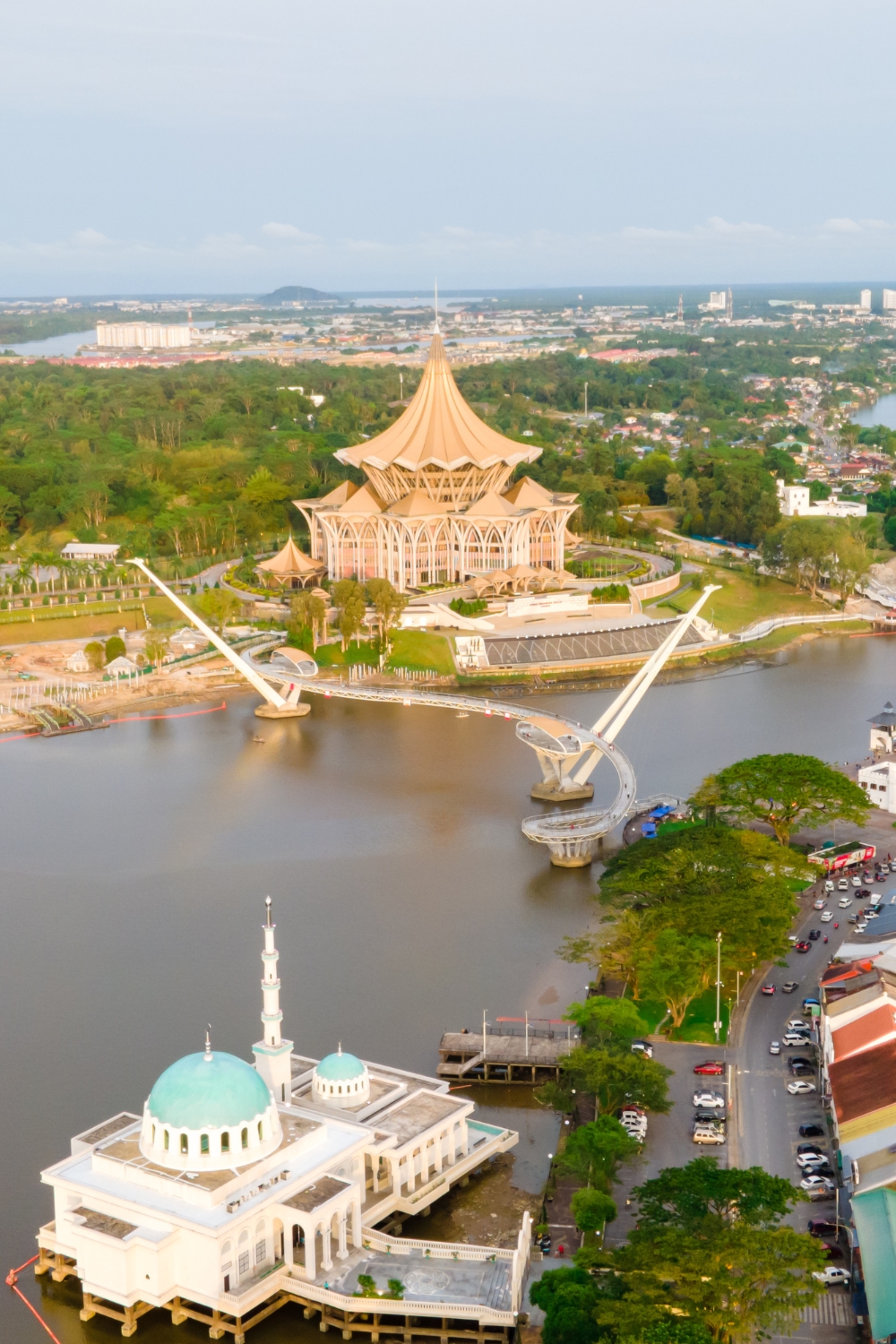
Kuching, Sarawak’s vibrant capital city, perfectly blends historical architecture, cultural diversity, and modern amenities. The city’s name means “cat” in Malay, and cat statues throughout the city celebrate this unique identity. Kuching serves as the gateway to Sarawak’s adventures while offering plenty of attractions in its own right.
Sarawak River and Waterfront
The beautifully developed waterfront along the Sarawak River creates a perfect setting for evening strolls and cultural activities. The pedestrian promenade offers stunning views of the historic buildings on the opposite bank, including the iconic Astana (former palace) and Fort Margherita.
River cruises provide different perspectives of the city’s architecture and daily life along the riverbanks. The waterfront comes alive in the evenings with street food vendors, cultural performances, and a relaxed atmosphere perfect for socializing.
Cultural Museums and Historic Architecture
Kuching houses several world-class museums that showcase Sarawak’s incredible cultural diversity. The Sarawak Museum, one of the finest in Southeast Asia, displays extensive collections of indigenous artifacts, natural history specimens, and cultural exhibits.
The city’s colonial architecture tells the story of the White Rajahs who ruled Sarawak for over a century. Historic buildings like the Court House, Square Tower, and various shophouses create a fascinating architectural walking tour through different periods of the city’s development.
Street Food and Local Markets
Main Bazaar and the weekend markets offer incredible street food experiences featuring dishes from all of Sarawak’s ethnic communities. Try laksa Sarawak, kolo mee, and various indigenous specialties that reflect the state’s cultural diversity.
The Top Spot Food Court provides an excellent introduction to local seafood and Chinese-Malaysian cuisine with a view over the city. Night markets throughout the city offer shopping opportunities for local crafts, textiles, and souvenirs.
Best areas: Waterfront, Main Bazaar, Carpenter Street
Must-try food: Laksa Sarawak, kolo mee, midin (jungle fern)
Cultural sites: Sarawak Museum, Cat Museum, Chinese temples
Base for: Day trips to wildlife centers and national parks
4. Bako National Park – Proboscis Monkeys and Coastal Beauty
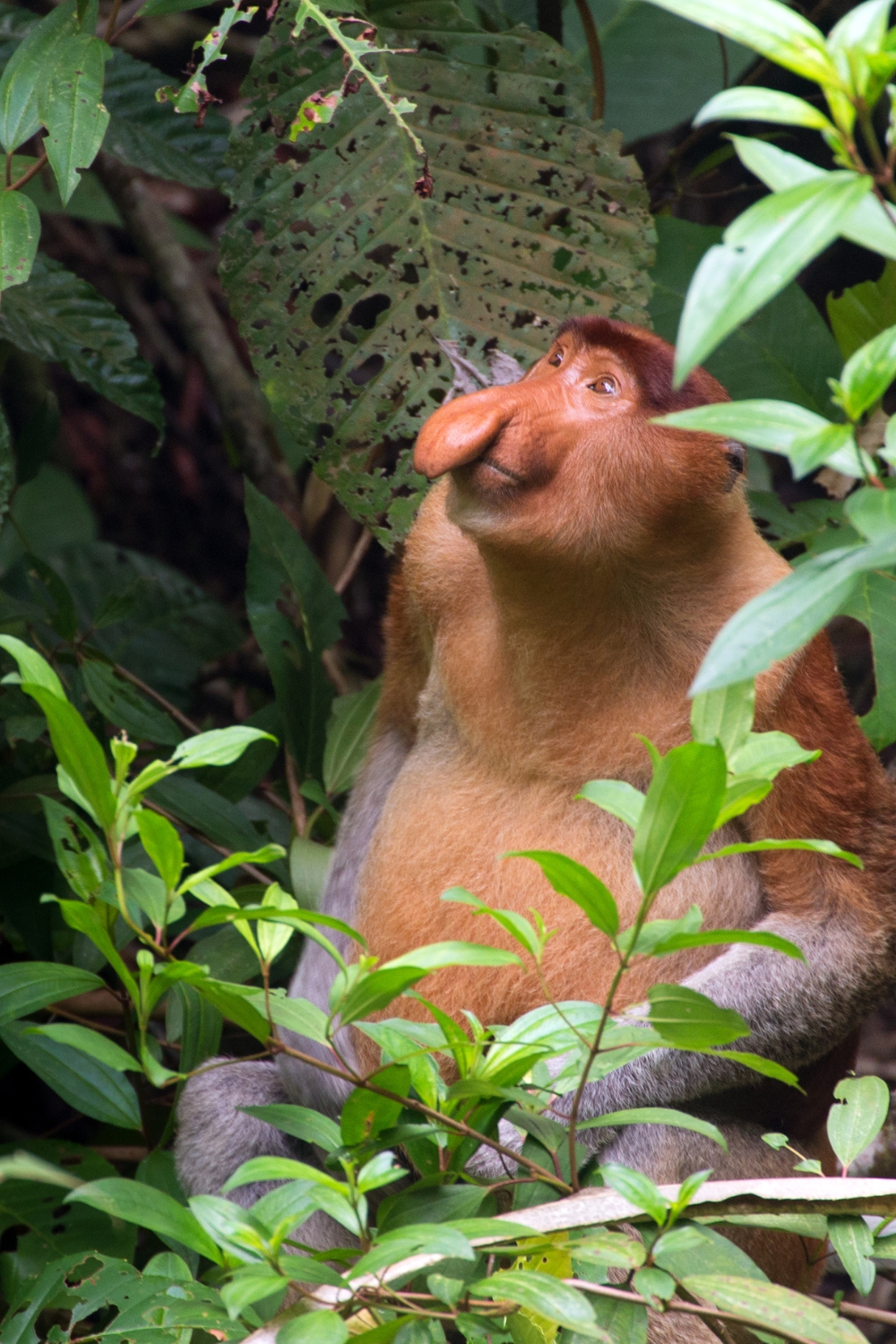
Bako National Park, Sarawak’s oldest national park, offers an incredible diversity of ecosystems within a relatively small area. This coastal park combines mangrove swamps, tropical rainforest, and dramatic cliff formations to create one of Malaysia’s most accessible yet wild nature experiences.
Endemic Proboscis Monkeys
Bako is famous for its proboscis monkey population, an endemic species found only in Borneo. These distinctive primates with their large noses are best observed during early morning and late afternoon when they’re most active in the trees near park headquarters.
The park’s relatively small size and well-maintained trail system make proboscis monkey sightings very likely for patient visitors. The monkeys’ amusing expressions and social behaviors provide endless entertainment and photographic opportunities.
Diverse Ecosystems and Wildlife
The park’s compact size contains seven different vegetation types, from mangrove and beach forest to cliff vegetation and mixed dipterocarp forest. This diversity supports an incredible range of wildlife including wild boar, long-tailed macaques, monitor lizards, and over 150 bird species.
The coastline features dramatic sandstone cliffs, secluded beaches, and sea stacks that create stunning coastal scenery. Rock formations carved by wind and waves over millions of years provide excellent photography subjects and geological interest.
Trail System and Adventure Options
Well-marked trails of varying difficulty levels allow visitors to explore different parts of the park according to their fitness levels and interests. The Lintang Trail offers excellent wildlife viewing opportunities, while the Telok Paku Trail leads to beautiful beaches.
More challenging trails like the Bukit Gondol summit trail reward hikers with panoramic views over the park and South China Sea. The trail system is designed to minimize environmental impact while maximizing wildlife encounter opportunities.
Distance from Kuching: 37 kilometers
Access: Boat ride from Kampung Bako
Best wildlife viewing: Early morning and late afternoon
Accommodation: Park lodges and camping available
5. Iban Longhouse Experience – Traditional Culture Immersion
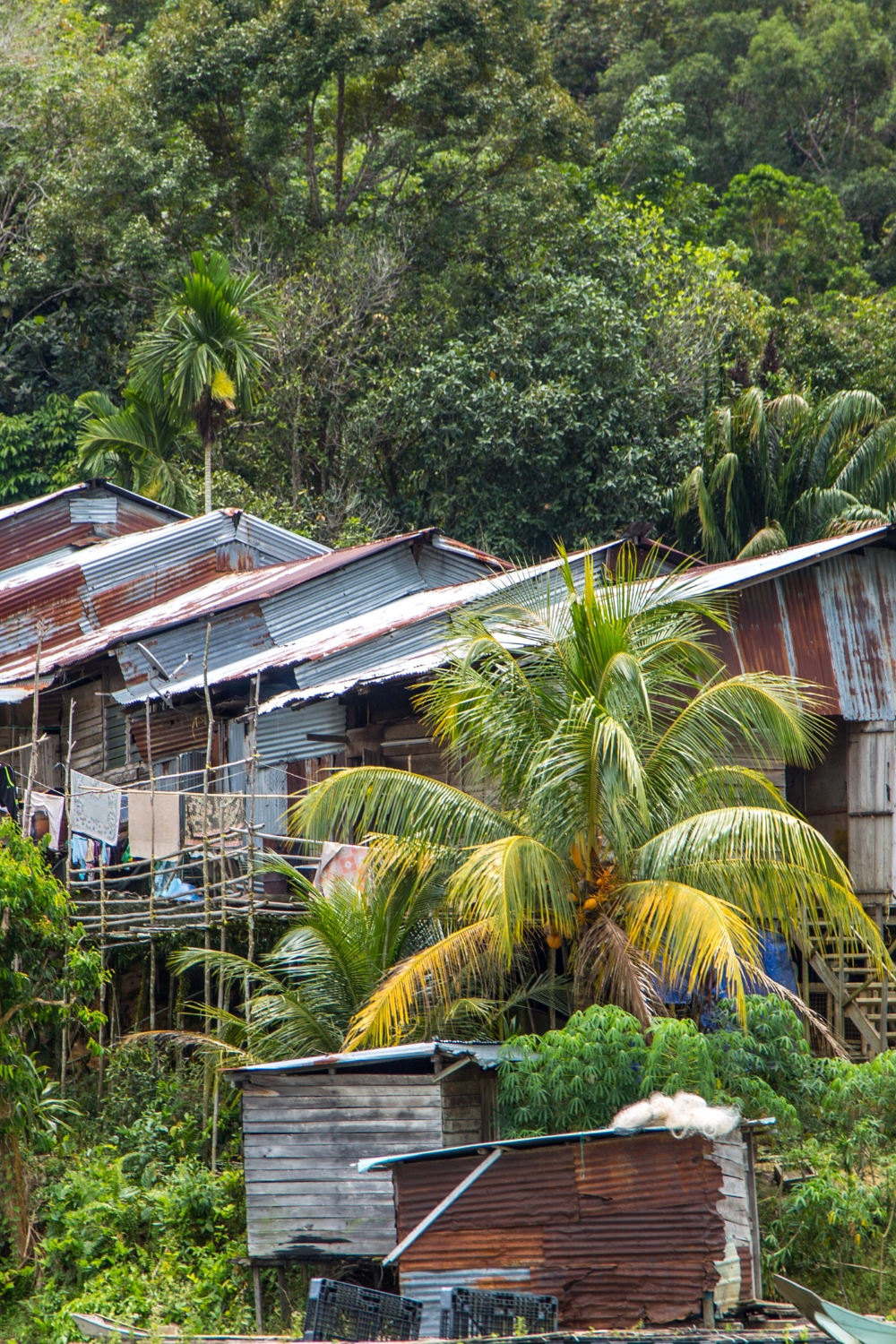
Visiting an Iban longhouse provides one of Southeast Asia’s most authentic cultural experiences. The Iban people, Sarawak’s largest indigenous group, maintain their traditional communal lifestyle in longhouses that can house entire villages under one roof.
Traditional Architecture and Community Life
Traditional longhouses stretch for hundreds of meters and house multiple families in a communal arrangement that has remained unchanged for centuries. The ruai (communal area) serves as the social heart of the longhouse where ceremonies, meetings, and daily activities take place.
Each family maintains their own bilik (private quarters) while sharing common areas and resources. This communal lifestyle creates strong social bonds and cultural continuity that visitors can observe and respectfully participate in.
Cultural Activities and Ceremonies
Longhouse visits often include traditional welcome ceremonies, cultural performances, and opportunities to learn traditional crafts like weaving and wood carving. The gawai (harvest festival) season offers the most spectacular cultural experiences with traditional music, dance, and ceremonial activities.
Visitors can participate in daily activities like rice farming, fishing, and food preparation while learning about traditional ecological knowledge and sustainable living practices. These interactions provide genuine insights into indigenous wisdom and environmental stewardship.
Tuak and Traditional Hospitality
The traditional rice wine called tuak plays an important role in Iban hospitality and ceremonies. Sharing tuak represents friendship and respect, and visitors are often invited to participate in traditional drinking ceremonies that strengthen social bonds.
The generosity and warmth of Iban hospitality creates memorable personal connections that go far beyond typical tourist experiences. Many visitors develop lasting friendships with longhouse families and return for future visits.
Best locations: Batang Ai area, Skrang River
Visit duration: 2-3 days recommended
Best time: During festivals (June, November)
Booking: Through licensed tour operators
6. Niah National Park – Archaeological Wonders and Cave Exploration
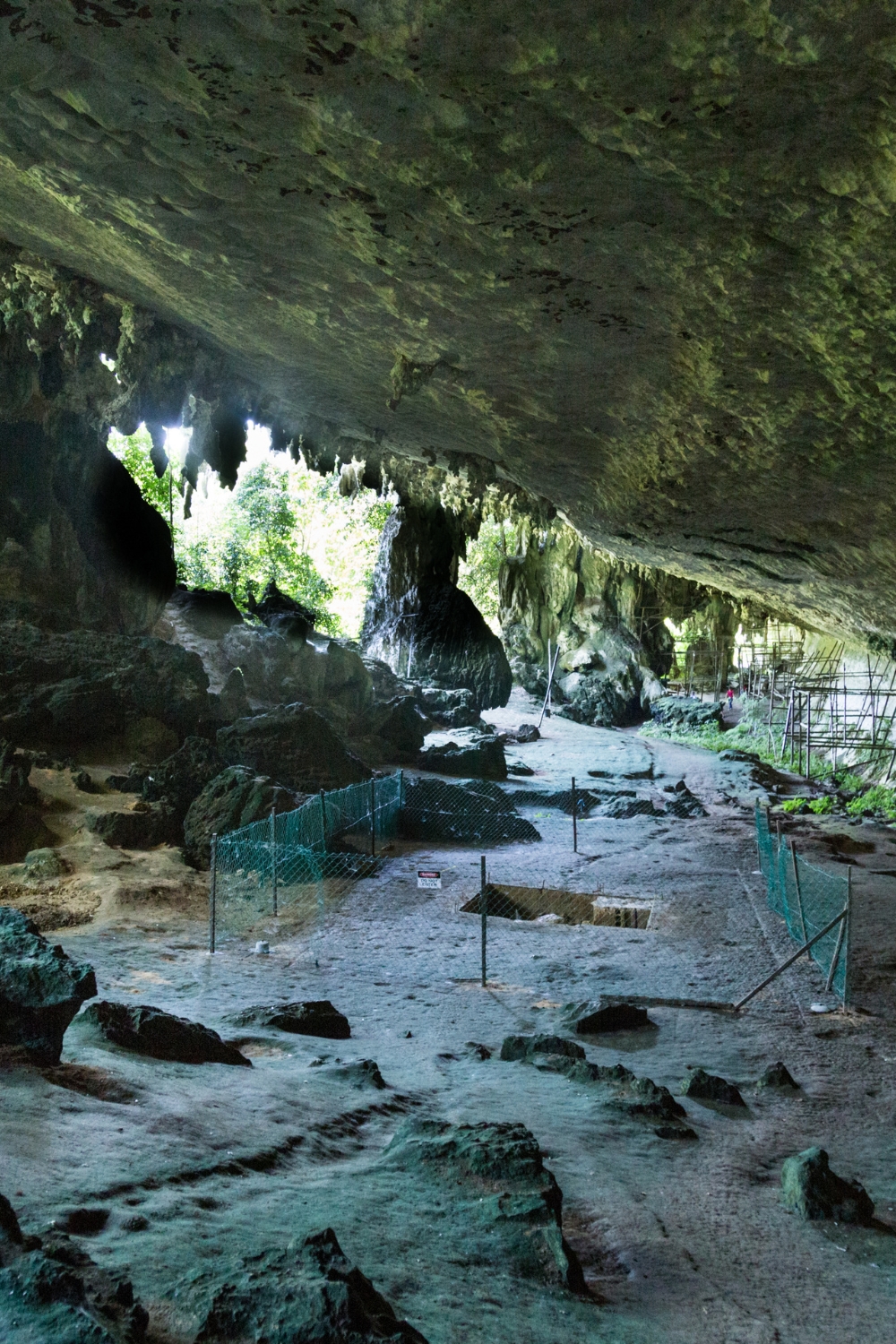
Niah National Park combines spectacular cave systems with world-renowned archaeological significance. The park’s caves have yielded some of Southeast Asia’s most important archaeological discoveries, including evidence of human habitation dating back 40,000 years.
Archaeological Significance
The Great Cave contains some of the oldest evidence of modern human habitation in Southeast Asia. Archaeological excavations have uncovered ancient burial sites, cave paintings, and artifacts that provide crucial insights into prehistoric human migration and development.
The famous “Deep Skull” discovered here represents one of the oldest modern human remains found in Southeast Asia. Ongoing archaeological work continues to reveal new discoveries about ancient human cultures and their relationship with the environment.
Cave Exploration and Natural Beauty
The Great Cave spans over 60 meters in height and stretches for several kilometers, creating cathedral-like spaces that inspire awe and wonder. The cave’s massive chambers and intricate limestone formations rival any cave system in the world.
The Painted Cave features ancient rock art that provides glimpses into the spiritual and cultural lives of prehistoric inhabitants. These paintings represent some of the oldest known art in Southeast Asia and continue to be studied by researchers worldwide.
Bird’s Nest Harvesting Tradition
The caves are still actively used for harvesting bird’s nests, a tradition that has continued for centuries. The valuable nests, made by swiftlets, are harvested using traditional methods that require incredible skill and bravery.
Visitors can observe the bamboo ladders and poles used by nest collectors, though the actual harvesting is restricted to licensed collectors. This ongoing traditional use demonstrates the continuing connection between local communities and the caves.
Distance from Miri: 110 kilometers
Main attraction: Great Cave and Painted Cave
Archaeological sites: Prehistoric excavation areas
Trail length: 3.5 kilometers plankwalk to caves
7. Miri – Gateway to Adventure and Coastal Relaxation
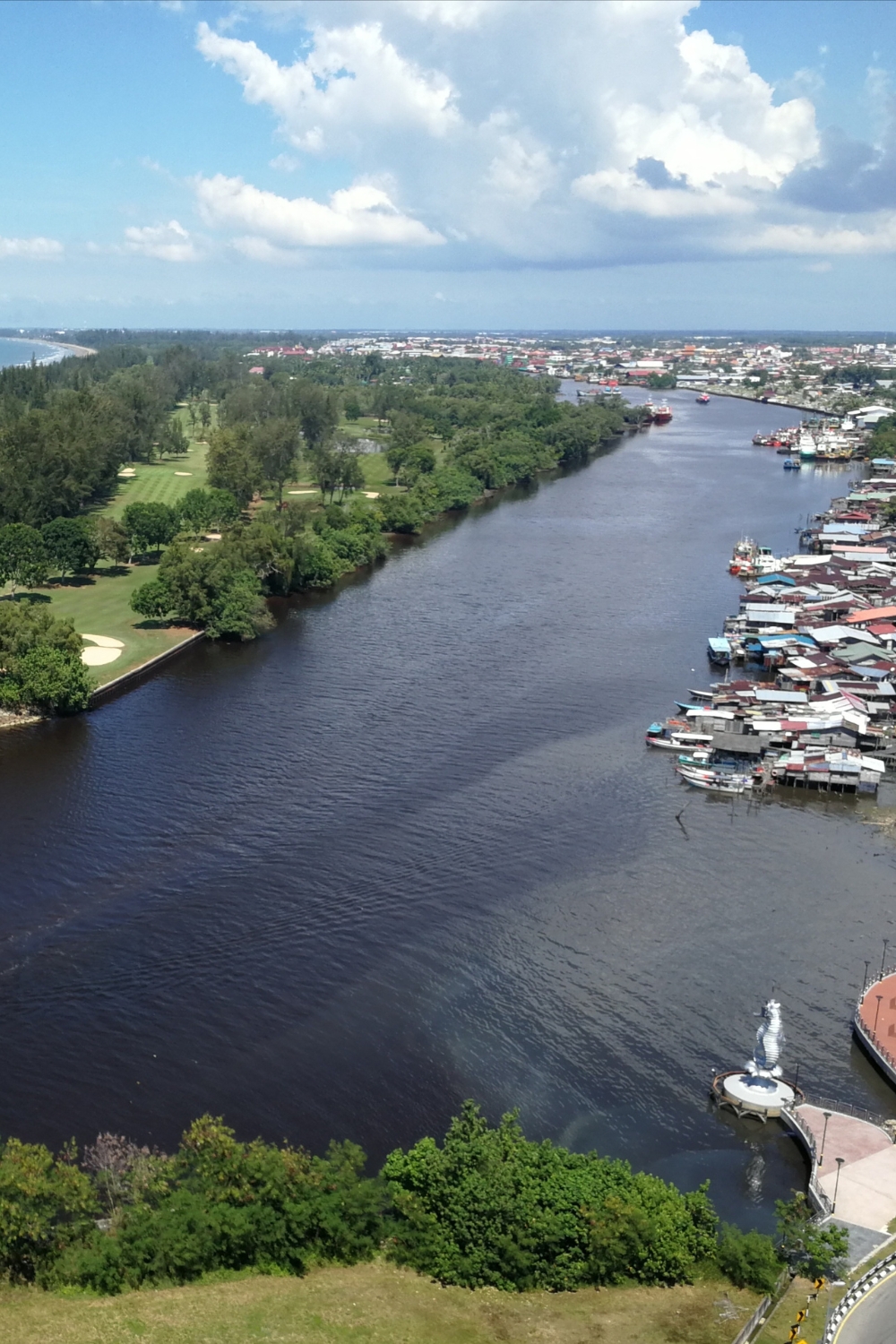
Miri serves as the perfect base for exploring northern Sarawak’s attractions while offering its own blend of modern amenities and natural beauty. This coastal city has evolved from an oil town into a major tourist gateway without losing its laid-back charm.
Petroleum Museum and Industrial Heritage
Miri’s unique history as Malaysia’s first oil town is preserved in the Petroleum Museum, which showcases the development of the oil industry and its impact on the region. The museum provides fascinating insights into how oil discovery transformed this sleepy fishing village into a modern city.
The Grand Old Lady, Malaysia’s first oil well, stands as a historical monument that marks the beginning of the country’s petroleum industry. The site offers panoramic views over the city and coast while providing educational information about oil exploration history.
Coastal Beauty and Beach Activities
Miri’s coastline offers beautiful beaches perfect for relaxation after jungle adventures. Tanjung Lobang Beach provides excellent sunset viewing opportunities along with beachfront restaurants and recreational facilities.
The city’s seafront esplanade creates a pleasant environment for evening walks and outdoor activities. Local seafood restaurants along the coast serve fresh catches prepared in various regional styles.
Modern Amenities and Cultural Diversity
As a major regional center, Miri offers excellent shopping, dining, and accommodation options that cater to all budgets. The city’s cultural diversity is reflected in its temples, markets, and food scene that represents various ethnic communities.
The weekend Tamu Muhibbah market showcases local produce, handicrafts, and cultural items from throughout northern Sarawak. This market provides excellent opportunities to interact with local communities and purchase authentic souvenirs.
Best for: Base for Mulu and Niah parks
Beaches: Tanjung Lobang, Hawaii Beach
Cultural sites: Petroleum Museum, various temples
Accommodation: Full range from budget to luxury
8. Similajau National Park – Pristine Beaches and Coastal Forest
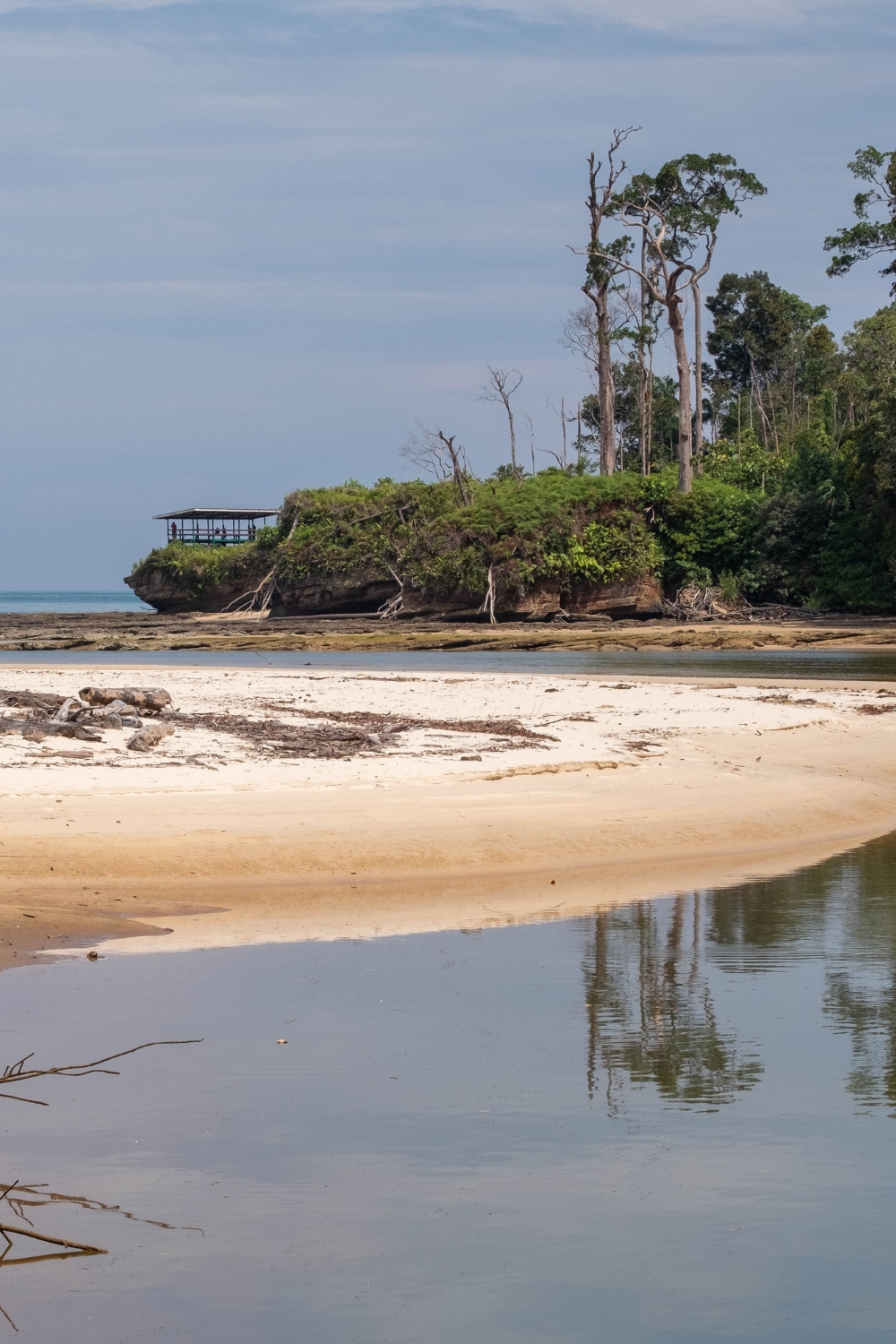
Similajau National Park protects one of Sarawak’s most beautiful stretches of coastline, combining pristine beaches with coastal forest that supports diverse wildlife. This relatively undeveloped park offers a perfect escape from crowds while providing excellent opportunities for beach relaxation and nature observation.
Pristine Coastal Environment
The park’s 16-kilometer coastline features golden sandy beaches backed by coastal forest that remains largely undeveloped. This pristine environment provides habitat for various wildlife species while offering visitors a truly wild beach experience.
The contrast between the turquoise South China Sea and the green coastal forest creates stunning natural scenery. The beaches are perfect for swimming, sunbathing, and beachcombing, with minimal development maintaining their natural character.
Wildlife and Birdwatching
The park’s coastal forest supports diverse wildlife including proboscis monkeys, long-tailed macaques, and various bird species. The forest-beach interface creates excellent wildlife viewing opportunities, especially during early morning and late afternoon.
Sea turtle nesting occurs along the beaches during certain seasons, though sightings require patience and luck. The park’s location along major bird migration routes makes it an excellent destination for birdwatching enthusiasts.
Adventure Activities
Well-maintained trails wind through the coastal forest, offering different perspectives on the park’s ecosystems. The River Trail follows streams through the forest, while beach walks can extend for kilometers along the undeveloped coastline.
Camping is permitted in designated areas, allowing visitors to experience the park’s natural rhythms and enjoy stunning sunrises over the South China Sea. The peaceful environment makes it perfect for meditation and nature photography.
Distance from Miri: 30 kilometers
Best for: Beach lovers, nature photography, camping
Wildlife: Proboscis monkeys, sea turtles (seasonal)
Activities: Hiking, swimming, birdwatching, camping
9. Batang Ai National Park – Pristine Rainforest and Wildlife
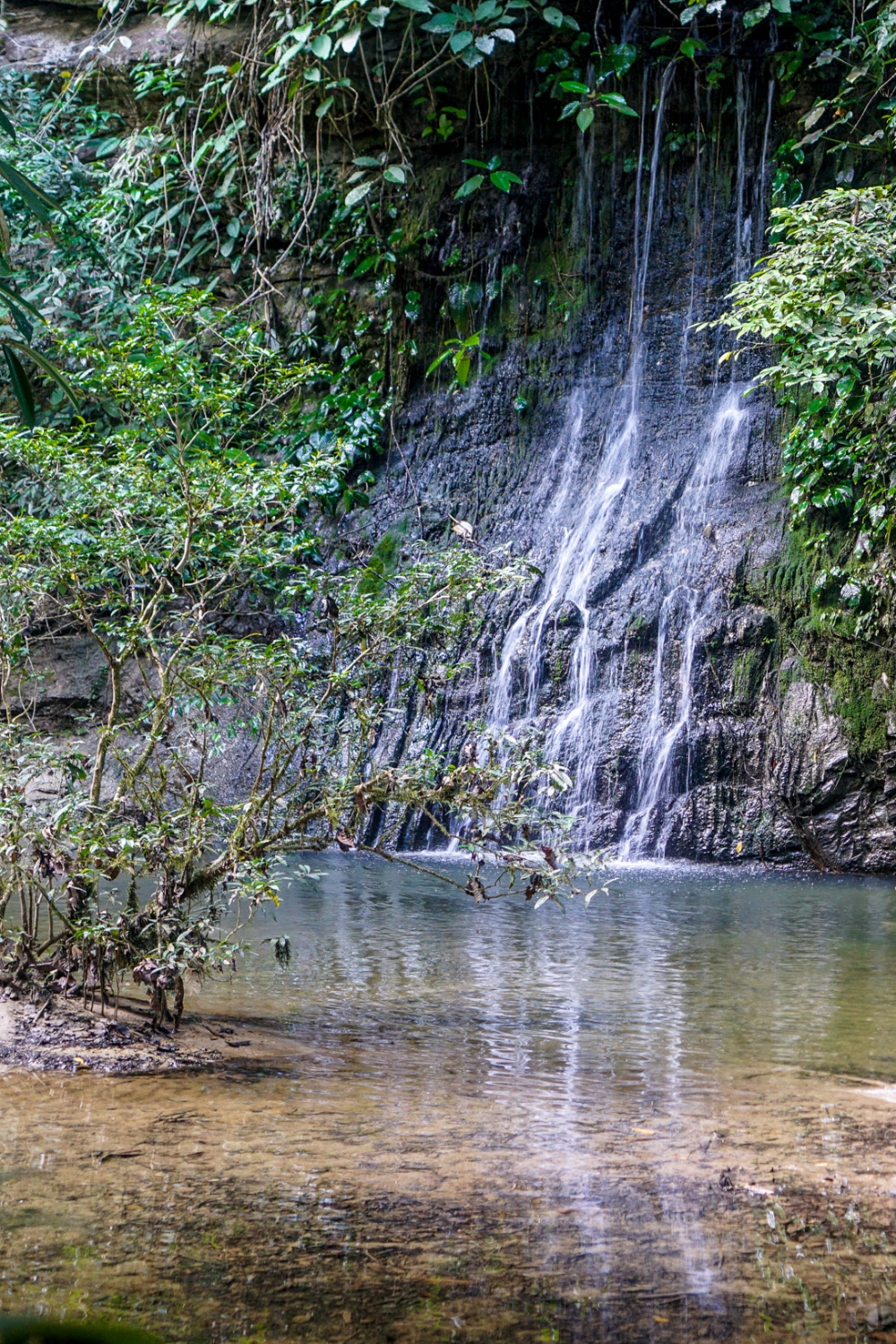
Batang Ai National Park protects some of Sarawak’s most pristine rainforest and serves as a crucial habitat for endangered orangutans and other wildlife. This relatively remote park offers serious nature enthusiasts the opportunity to experience truly wild Borneo rainforest.
Orangutan Conservation
The park serves as a release site for rehabilitated orangutans from Semenggoh Wildlife Centre, creating opportunities to observe these magnificent creatures in their natural habitat. The pristine forest environment provides ideal conditions for orangutan reintroduction and breeding.
Wild orangutan sightings require patience and luck, but the knowledge that these endangered creatures roam freely through the forest adds excitement to every jungle trek. The park’s conservation efforts contribute significantly to orangutan population recovery.
Pristine Rainforest Ecosystem
The park’s rainforest remains largely undisturbed, supporting incredible biodiversity including rare plants, insects, birds, and mammals. The forest canopy reaches heights of over 60 meters, creating a cathedral-like environment that inspires reverence for nature.
Ancient trees, some over 800 years old, provide habitat for countless epiphytes, insects, and other creatures. The forest’s complexity and age create an ecosystem that has remained stable for thousands of years.
Adventure and Exploration
Access to the park requires boat transport across Batang Ai reservoir, adding adventure to the journey. The reservoir itself offers beautiful scenery and opportunities to spot wildlife along the shoreline.
Jungle trekking in the park ranges from easy nature walks to challenging multi-day expeditions. The park’s remote location and limited facilities ensure that visitors experience genuine wilderness conditions.
Access: Boat transport via Batang Ai reservoir
Best for: Serious nature enthusiasts, orangutan conservation
Difficulty: Moderate to challenging
Duration: 2-3 days recommended
10. Lambir Hills National Park – Waterfall Paradise and Biodiversity Hotspot
Lambir Hills National Park may be small, but it packs incredible biodiversity into its 6,952 hectares. This park is renowned among scientists for having one of the world’s highest tree species diversity, while offering visitors beautiful waterfalls and excellent jungle trekking opportunities.
Exceptional Biodiversity
Despite its relatively small size, Lambir Hills contains an extraordinary 1,175 tree species – more than the entire North American continent. This incredible plant diversity supports equally impressive animal diversity including over 200 bird species and numerous mammals.
The park’s scientific importance attracts researchers from around the world who continue to discover new species. The Lambir Hills Forest Dynamics Plot serves as a long-term research site that provides crucial data about tropical forest ecology.
Spectacular Waterfalls
The park’s series of waterfalls creates natural swimming pools perfect for cooling off after jungle treks. The main waterfall cascades over multiple tiers, creating different pools suitable for various swimming abilities.
The sound of cascading water adds to the forest’s peaceful atmosphere while providing excellent opportunities for nature photography. The pools’ crystal-clear water and forest surroundings create an idyllic tropical paradise setting.
Research and Education
The park’s research station welcomes visitors interested in learning about tropical ecology and conservation. Educational programs and guided tours provide insights into the complex relationships that maintain rainforest ecosystems.
The canopy tower offers unique perspectives on forest structure and wildlife behavior that are impossible to observe from ground level. This research facility demonstrates how scientific study and ecotourism can work together to support conservation.
Distance from Miri: 30 kilometers
Main attraction: Waterfalls and swimming pools
Scientific significance: World’s highest tree diversity
Best for: Nature lovers, families, researchers
Planning Your Sarawak Adventure
Getting Around Sarawak
Sarawak’s size and geography require careful transportation planning. Kuching serves as the main entry point with good domestic and international flight connections. Internal flights connect major destinations like Miri, Mulu, and smaller airstrips serving remote areas.
Road transport works well for attractions near major cities, though some destinations require boat transport or charter flights. Tour operators provide transportation packages that handle logistics while ensuring you don’t miss connecting flights or boats.
Best Time to Visit
Dry Season (March-October): Best for cave exploration, jungle trekking, and wildlife viewing. Roads and trails are in better condition, and river transport is more reliable.
Wet Season (November-February): Fewer tourists and lush landscapes, though some trails may be muddy or temporarily closed. Waterfalls are at their most spectacular, and wildlife activity can be higher.
Festival Times: Gawai Dayak (June) and Chinese New Year offer exceptional cultural experiences but require advance booking as accommodation fills quickly.
Cultural Sensitivity and Respect
Sarawak’s indigenous communities welcome visitors but appreciate respect for their customs and traditions. Always ask permission before photographing people, respect longhouse protocols, and follow your guide’s instructions regarding appropriate behavior.
When visiting longhouses, bring simple gifts like fruits or items from your home country. Participate respectfully in cultural activities and ceremonies, understanding that these represent living traditions rather than tourist performances.
Conservation and Responsible Tourism
Sarawak’s natural attractions depend on responsible tourism practices. Follow park rules, stay on designated trails, and don’t disturb wildlife. Support local communities by purchasing authentic handicrafts and using licensed tour operators.
The state’s conservation efforts require visitor support through park fees and responsible behavior. Your visit contributes directly to habitat protection and community development when conducted respectfully.
Conclusion
Sarawak offers an extraordinary travel experience that combines world-class natural wonders with authentic cultural encounters. From the massive caves of Mulu to the pristine rainforests of Batang Ai, from traditional longhouse stays to modern city amenities, Sarawak provides adventures that satisfy every type of traveler.
What makes Sarawak truly special is its commitment to balancing conservation with cultural preservation and sustainable tourism. The state’s protected areas safeguard some of the world’s most important ecosystems while its indigenous communities maintain traditions that have thrived for centuries.
These ten destinations represent the diversity of experiences available throughout Sarawak, but they’re just the beginning of what this remarkable state offers. The real magic of Sarawak lies in its ability to surprise visitors with unexpected encounters, whether it’s spotting an orangutan in the wild, sharing tuak with Iban families, or discovering new species in ancient caves.
Sarawak challenges visitors to step outside their comfort zones while providing the infrastructure and support needed for safe, meaningful adventures. The state’s natural beauty, cultural richness, and conservation leadership make it an essential destination for anyone seeking authentic experiences in one of the world’s most biodiverse regions.
Start planning your Sarawak adventure today, and prepare to discover why this remarkable state has become one of Southeast Asia’s premier destinations for nature lovers, culture enthusiasts, and adventure seekers. The Land of the Hornbills awaits with experiences that will transform your understanding of what makes a truly exceptional travel destination.
